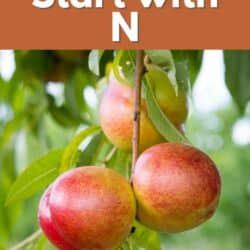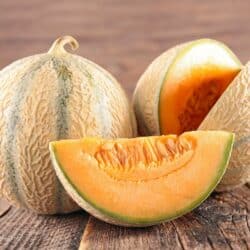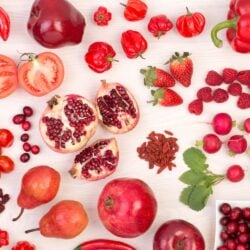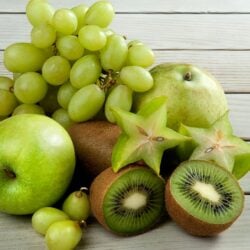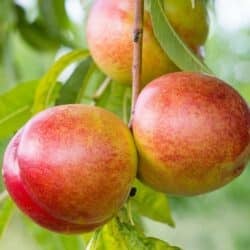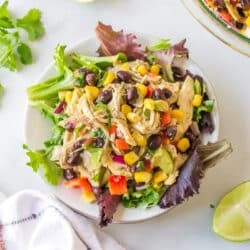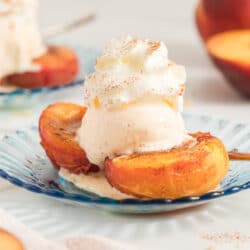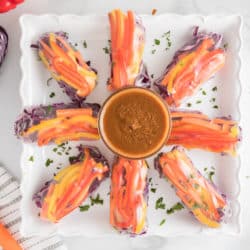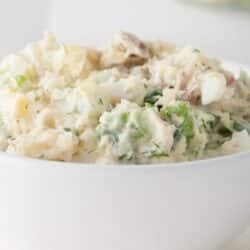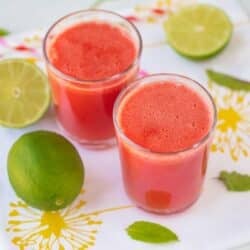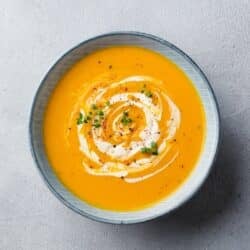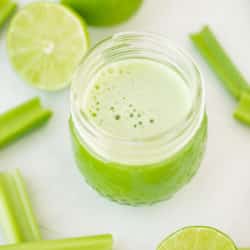15 Fruits That Start With N
Enjoy this comprehensive list of the best fruits that start with the letter n. Whether you’re playing a word game or just looking for more variety in your diet, then you’re sure to discover something new. Most of these “letter n fruits” are unique and exotic, but hopefully you’ll see some familiar favorites too.
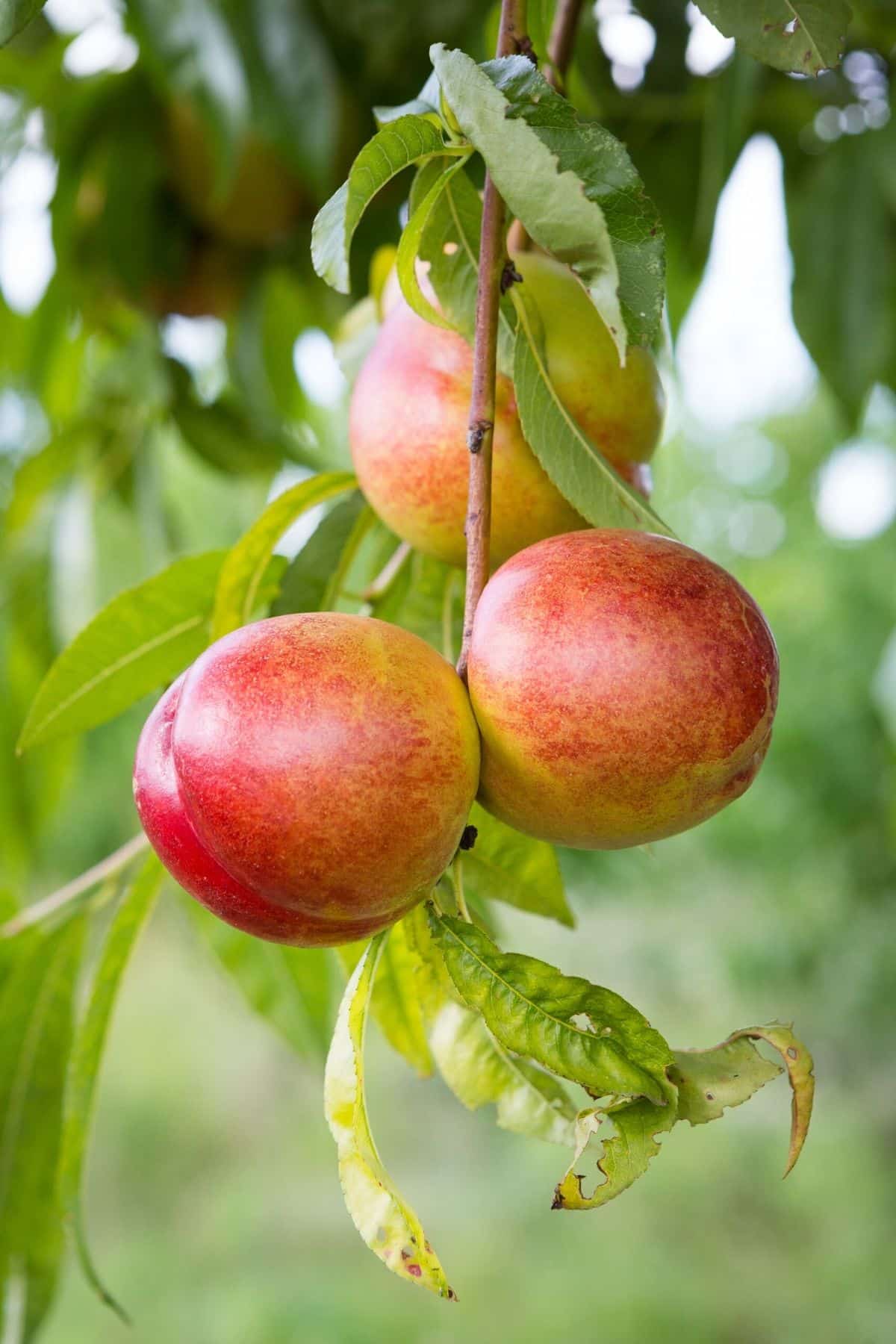
We are so lucky to live in a world where we can enjoy a variety of colorful and delicious fruits and veggies.
I love putting together lists of fruits and vegetables based around a variety of categories. For example, already this year I’ve published articles on the Best Yellow Fruits, the Best Asian Fruits, and the Best Green Vegetables.
Fruit That Starts With N
Without further delay, let’s jump into this list of fruits that start with the letter n.
1. Naartjie Fruit
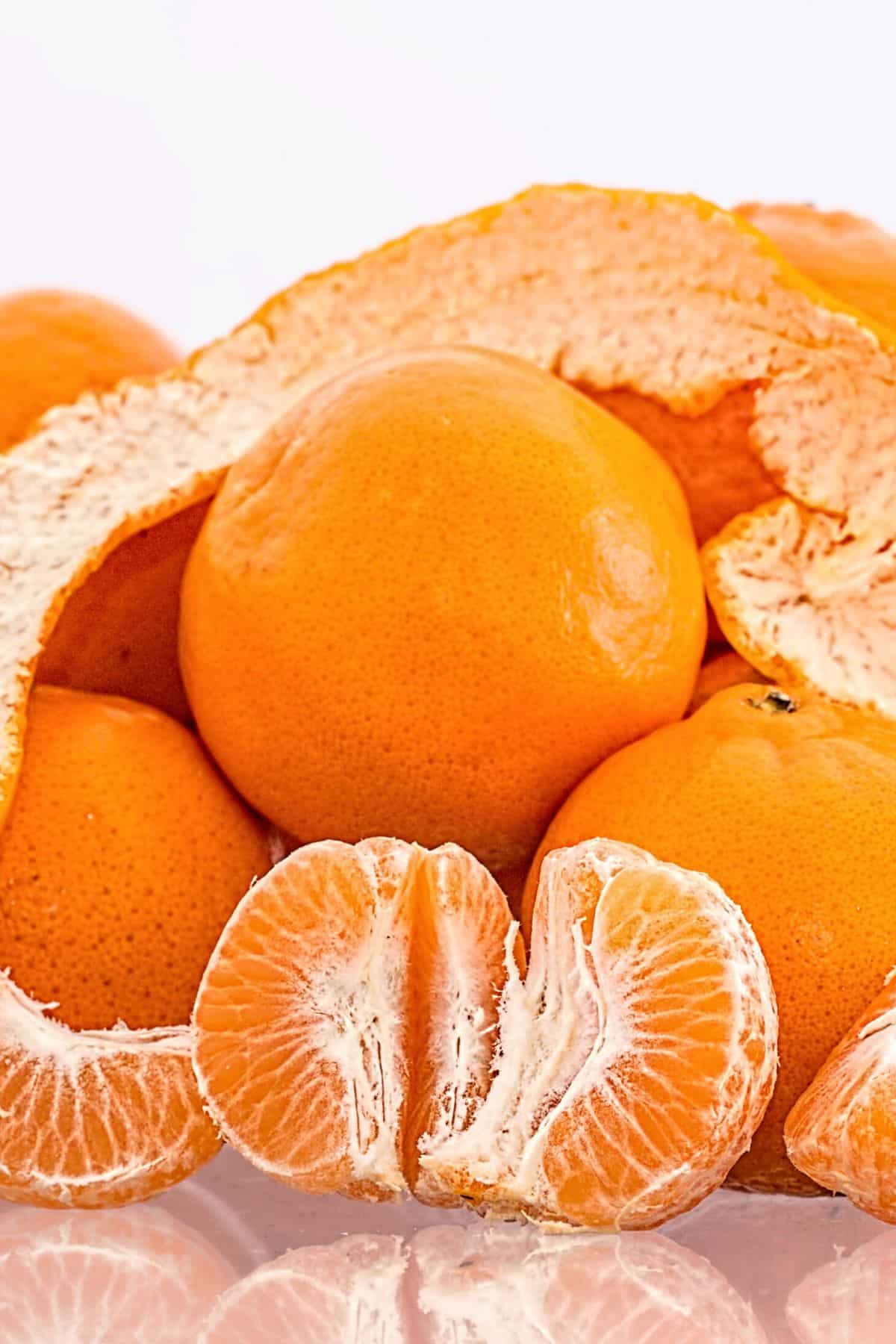
Naartjie is a South African-grown citrus fruit. The name of this fruit can alternatively be spelled “nartjie” with just one “a.”
This fruit is small and round, and both its appearance and flavor are most similar to those of tangerines or a mandarin orange. Like other members of the citrus family, the Naartjie fruit is very high in Vitamin C.
2. Nageia
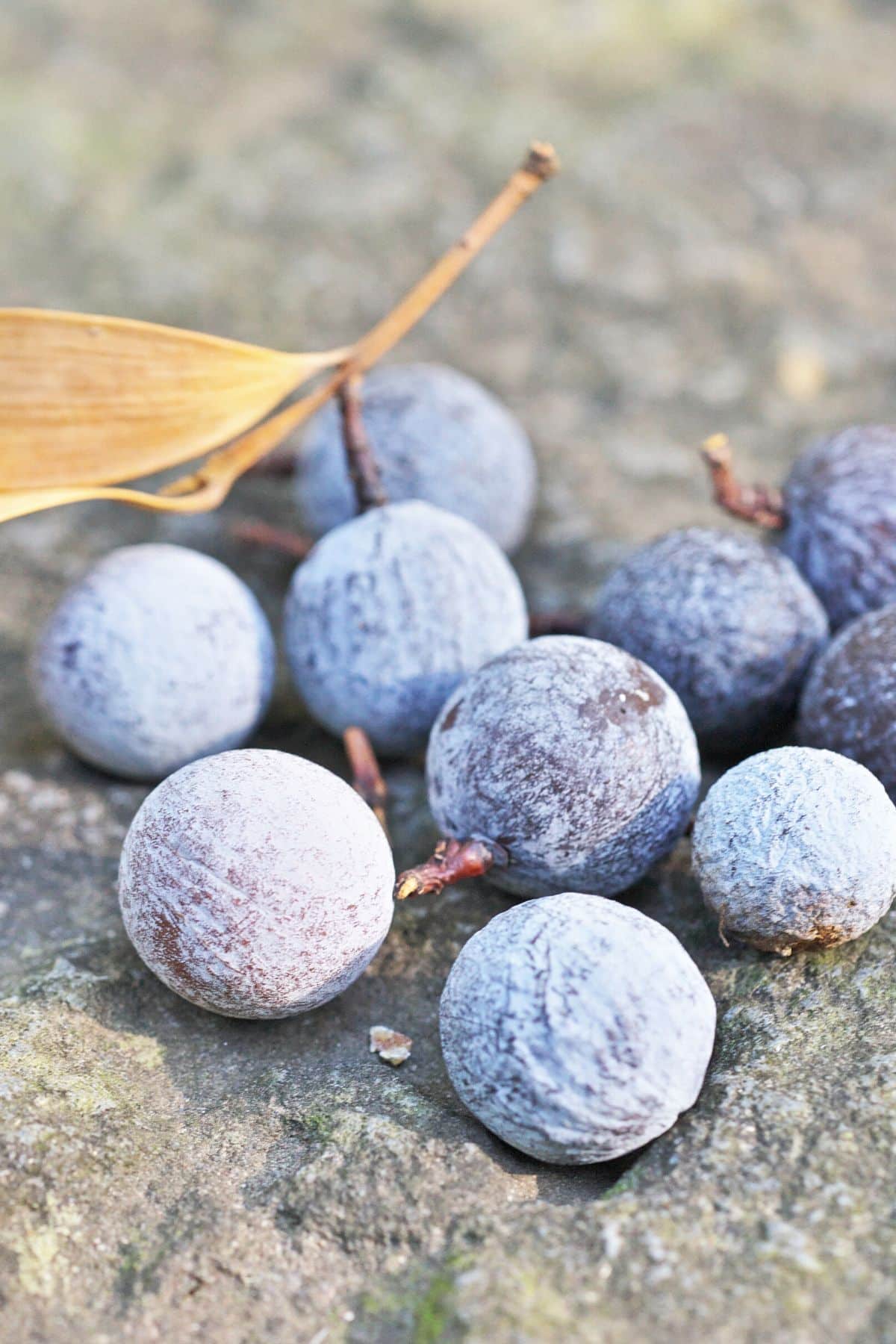
Nageia, also known as the Asian bayberry or Nageia Nagi fruit, is native to China, Japan, and Taiwan. The fruit comes from the Nageia nagi plant.
This fruit comes from the Podocarpaceae family, whose multi-veined leaves are frequently seen in evergreen forests. Nageia is little and round in shape (see the photo below).
The Nageia fruit is indigenous to Southeast Asia. It has a sweet flavor and is frequently consumed alone or in desserts.
Nageia is an excellent source of potassium, vitamin C, and dietary fiber.
3. Nam Dok Mai
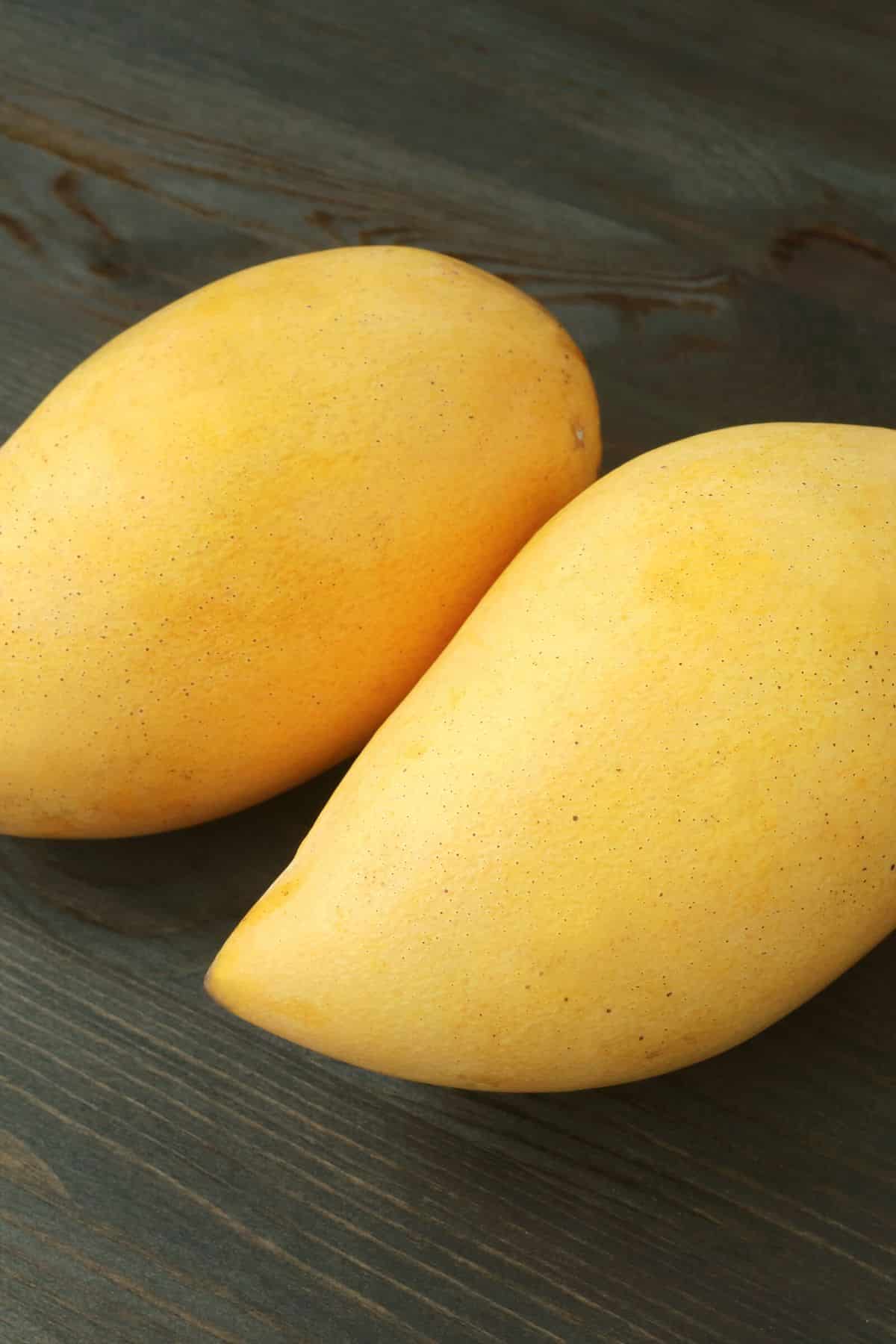
The mango cultivar known as “Nam Dok Mai” was developed in Thailand. In Thailand, it is the most widely grown kind of mango.
This tropical fruit is typically yellow with green dots and is elongated in shape. Its flesh has a silky smooth texture, and the flavor of the mango is sweet and potent.
In addition, Nam Dok Mai has a plentiful natural supply of antioxidants, vitamins C and A.
4. Nance
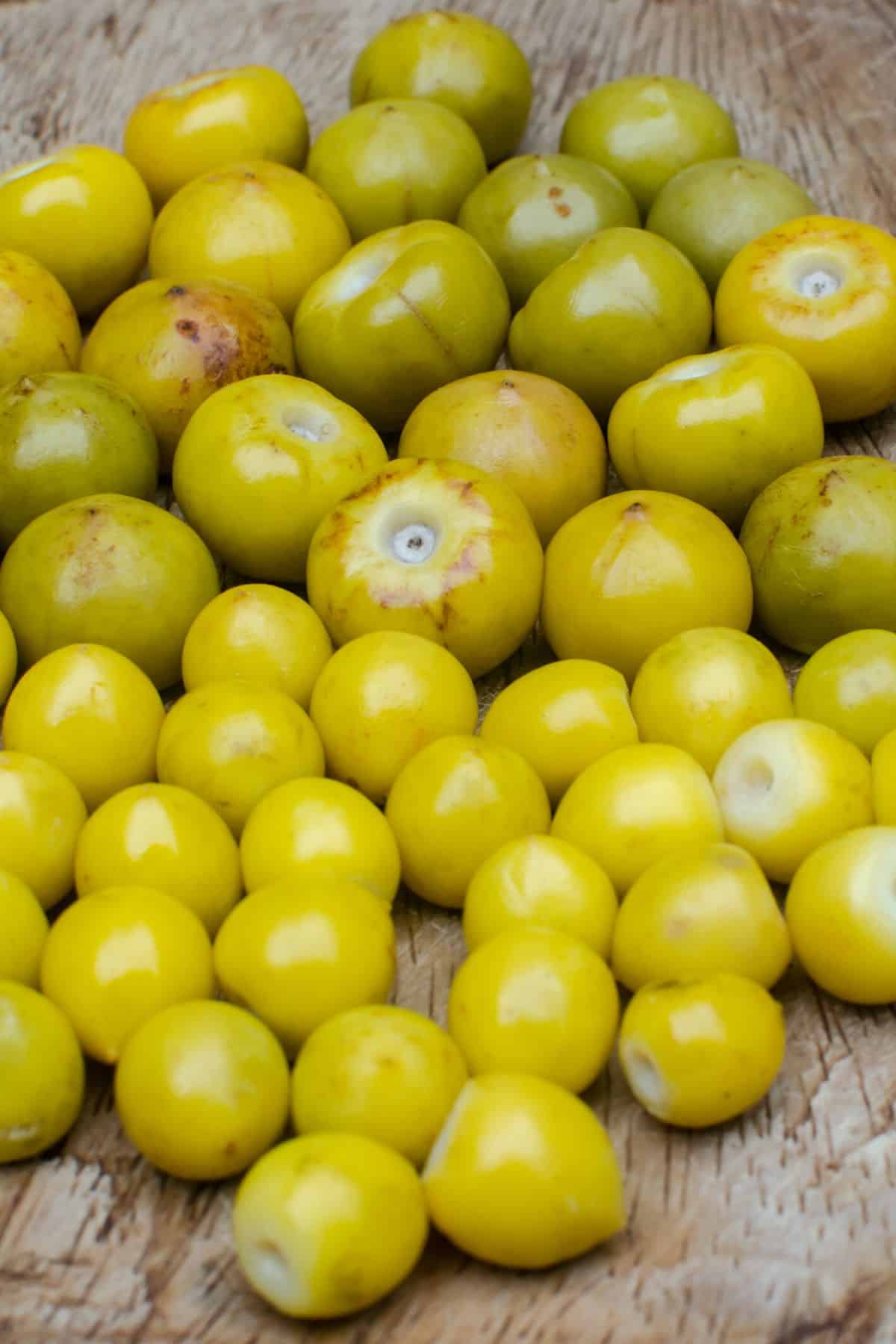
The Byrsonima Crassifolia tree bears the tropical Nance fruit in the Caribbean, Central America, and Latin America.
Cherries and Nance fruit have a similar shape, but that’s where the similarity ends. The characteristic flavor of Nance fruit can be either sweet or acidic and has a white, oily flesh that is golden or yellow-orange in color (see photo below).
Vitamin C, manganese, dietary fiber, and other antioxidants are abundant in the Nance fruit.
5. Naranjilla
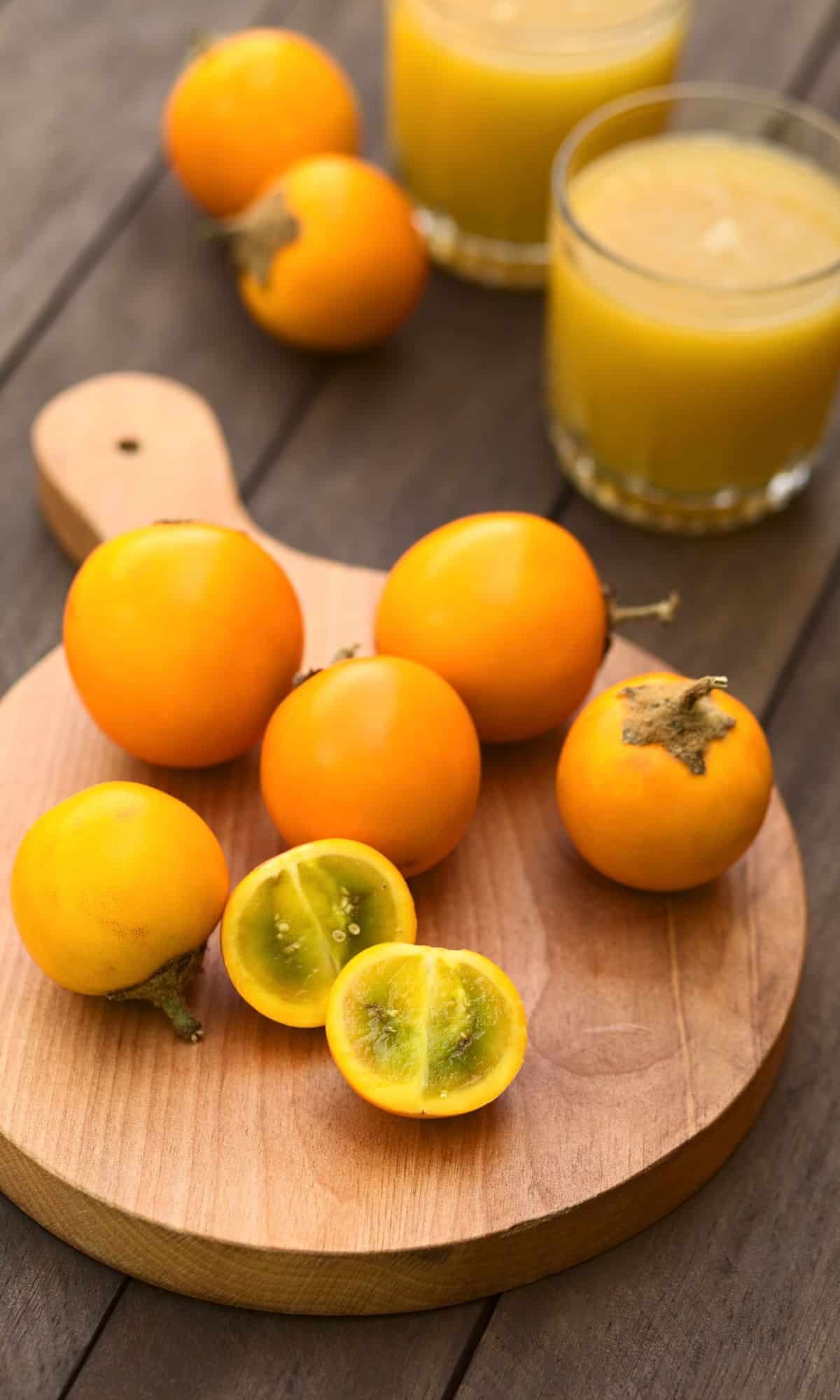
The tropical perennial plant Solanum Quitoense also called Naranjilla in Ecuador, Costa Rica, and Panama, and Lulo in Colombia, is native to northwest South America.
This fruit is related to the tomato and eggplant; in fact, the inside of the fruit resembles a tomatillo quite a bit. The fruit has hairs that adhere to the outside of it. This bright green fruit eventually turns orange as it ripens.
In South and Central America, Naranjilla pulp is widely utilized and has a zesty flavor that some have compared to a hybrid between a pineapple and a lemon.
6. Nashi Pear
The Nashi pear, also known as the Asian pear, is a round fruit with an apple-like shape and size. Because of this, the Nashi pear is occasionally also referred to as an apple pear or ice apple. In addition, this fruit has white-brown skin.
Eastern Asia is the fruit’s native region of origin, and they are currently grown mostly in China. The Nashi pear has the flavor of a beautifully fresh, sweet pear with the crisp bite of an apple.
I can get these at my local farmers’ market and I really love them!
7. Natal Plum
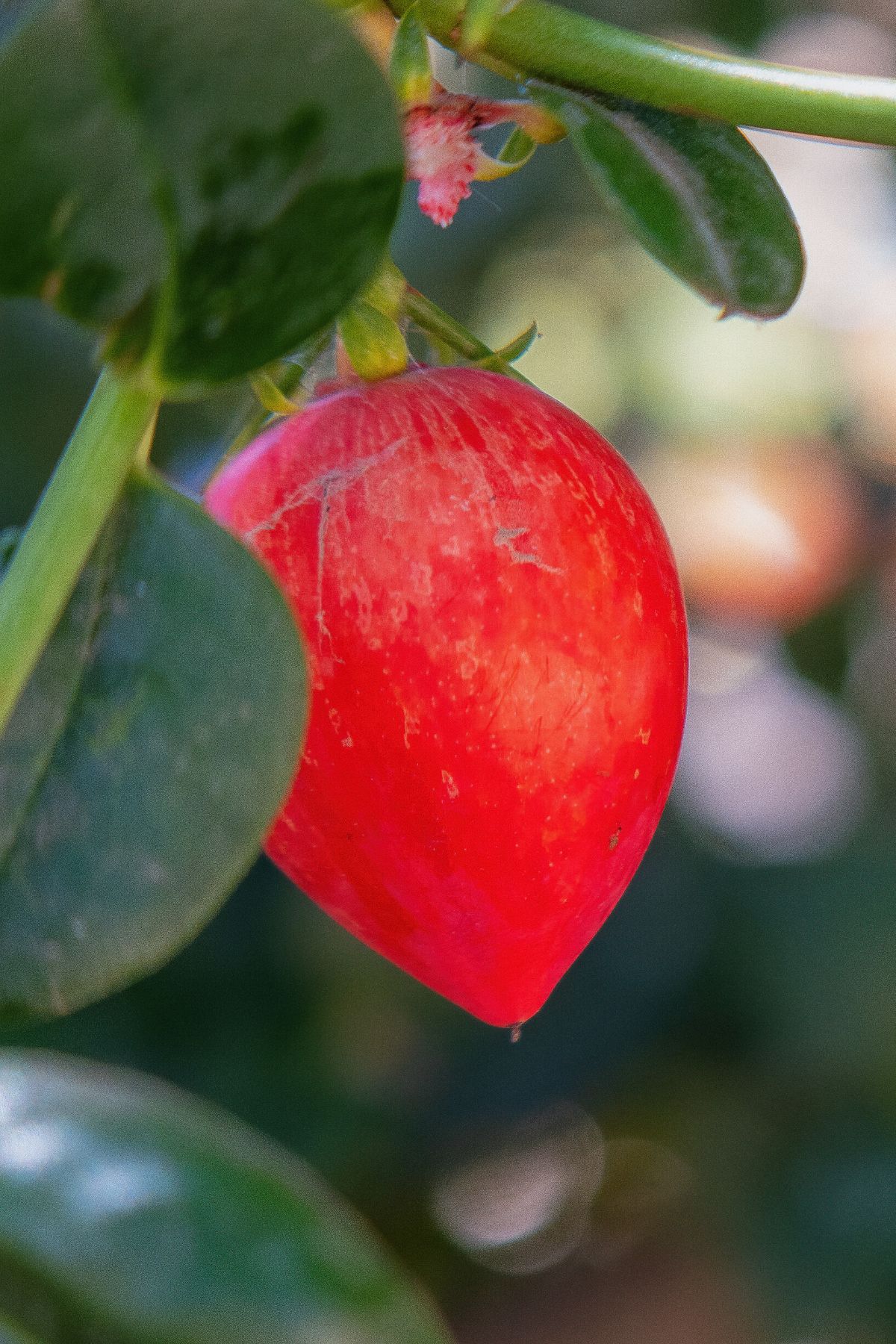
The Natal Plum is an indigenous plant of southern and tropical Africa and is also called Carissa Macrocarpa. It is also referred to as the huge num-num in South Africa.
Natal plums are tapered or pointed at one end and feature a brilliant red outer peel and flesh. When sliced, the Natal plum’s stems and fruit both bleed specks of milky white sap.
The Natal plum has a juicy consistency and a sweet-tart flavor. In addition, this fruit has significant potassium, iron, copper, and vitamin C levels.
8. Navel Orange
This fruit is large and seedless and has a hollow at the top that houses a small secondary fruit. The naval orange kind of looks like a human belly button, hence it’s name!
Early in the nineteenth century, navel oranges were discovered in Brazil. Now they are grown all over the world, including in the United States.
Navel oranges are round to slightly oval and 3 to 4 inches in diameter, with a medium to thick rind, which is bright orange.
Regular navel oranges are sweet, fragrant, and lightly acidic and deliver the traditional, juicy, pleasant flavor you would anticipate from an orange.
They are high in vitamin C and many people consume them to help support the immune system.
9. Nectarine
A nectarine is a type of peach with rich, firm flesh and smooth, thin, vibrantly colored skin. Nectarines originated more than 2,000 years ago in China, but are now grown around the world.
Smooth skin, orange or yellow flesh, and a hard pit are all characteristics of nectarines. The nectarine fruit is a stone fruit that comes into season in the summer.
Peaches and nectarines taste very similar, but they also differ significantly. Nectarines are often smaller, firmer, and taste a bit more like honey. Nectarines are also high in copper, potassium, niacin, and vitamin C.
If you’ve never had a nectarine, then you must get your hands on one. They are one of my all-time favorite fruits, and I look forward to enjoying the California-grown ones in the summertime.
10. Nectacot
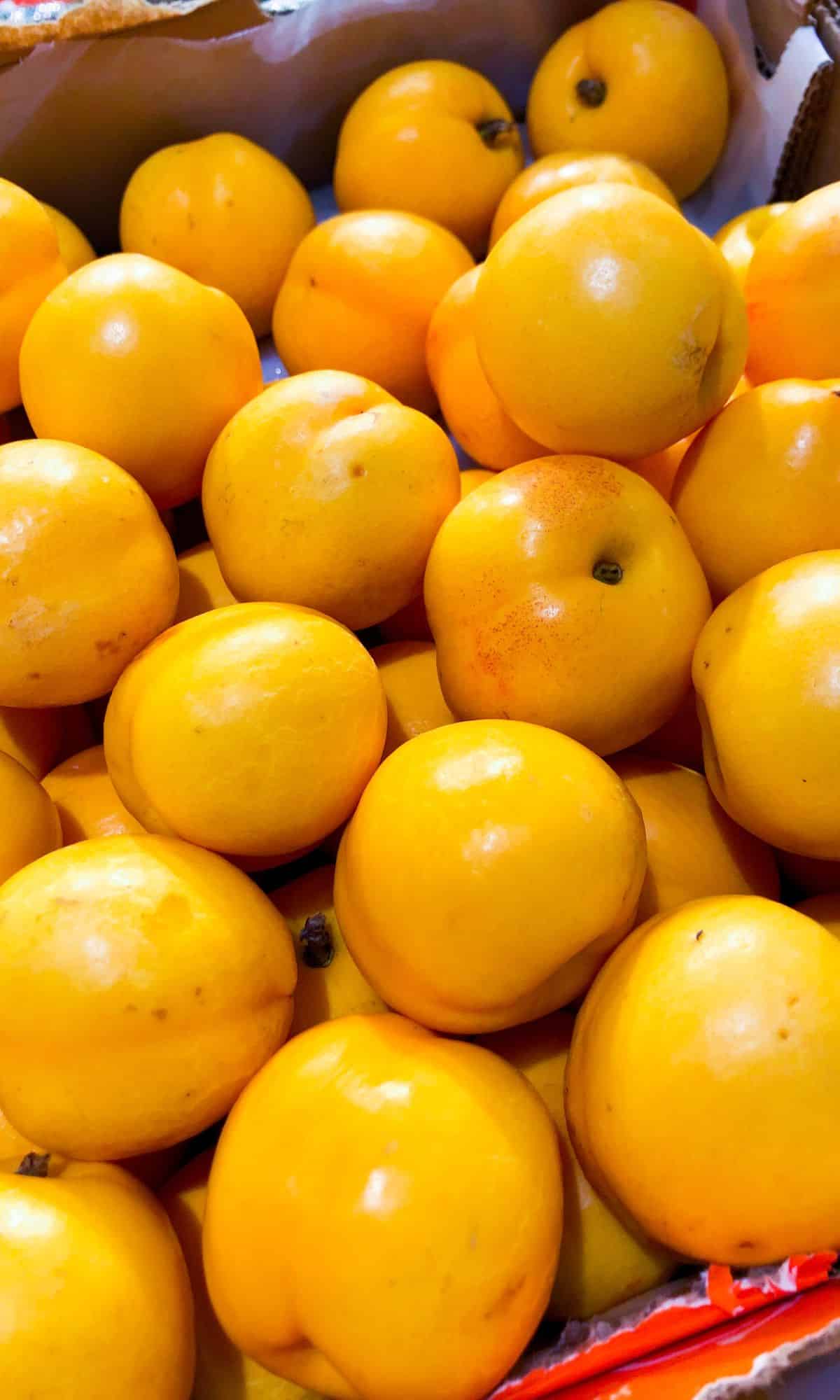
A Nectacot is the size of an apricot and has the texture of a nectarine. These two delectable stone fruits are combined well in the Nectacot. This is a hybrid fruit.
This fruit has a pleasant scent and is juicy, delicious, and tasty. Nectacots ripen to perfection in July and feature ambrosial, deep orange flesh and red-blushed skin.
11. Neem
Azadirachta indica, widely known as Neem fruit or Margosa, belongs to the mahogany family. Neem is most likely indigenous to South Asia’s drier regions, including the Indian subcontinent.
The fruit is a smooth, yellow-green drupe with a pulp that tastes sweet.
12. Nepali Hog Plum
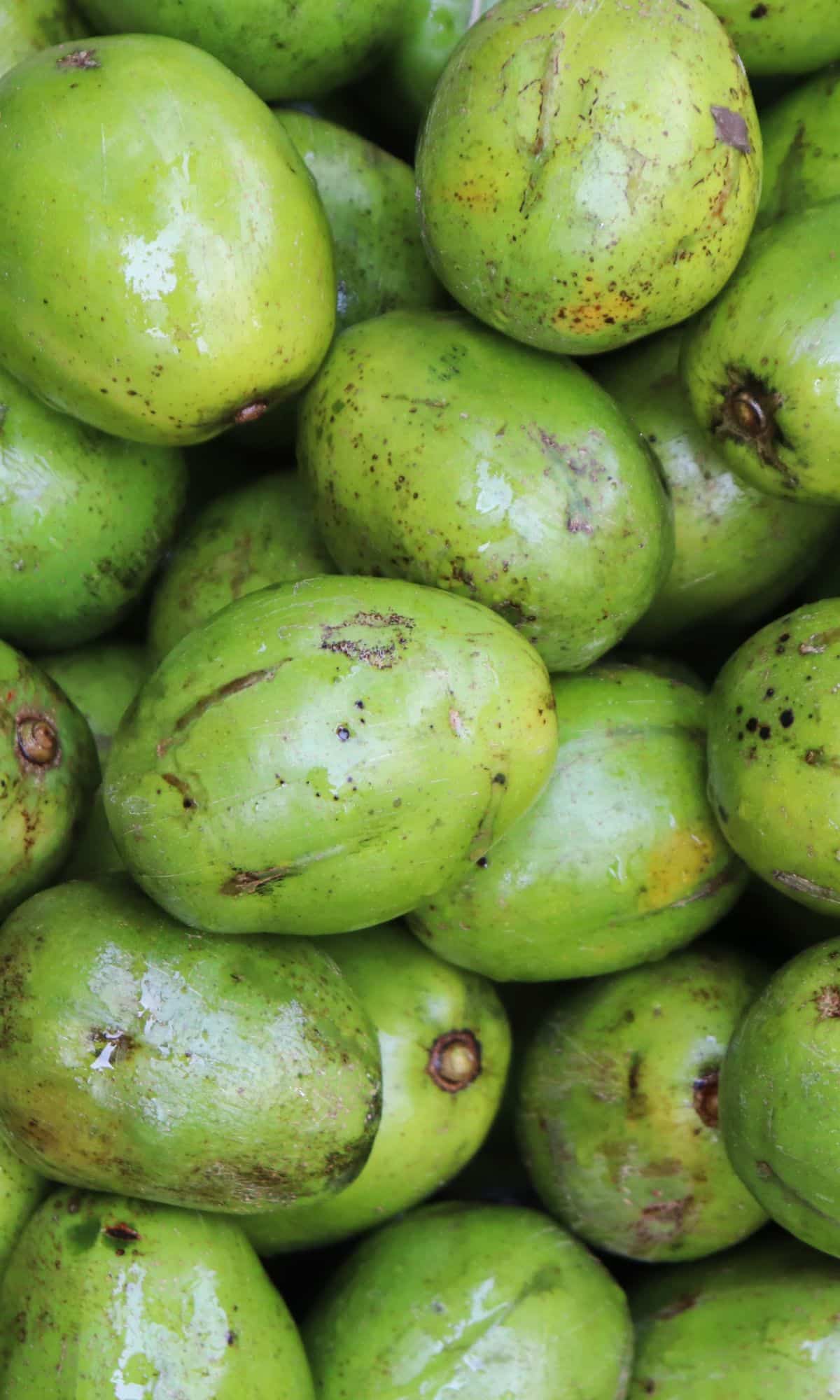
A member of the Anacardiaceae family of trees, Choerospondias Axillaris, or Nepali Hog Plum, is a nutritious fruit from Bhutan and Nepal.
When ripe, this fruit is greenish-yellow and roughly oval in shape, like a little plum. Even when fully ripe, it is highly sour and abundant in vitamin C.
The fruit’s pale yellow flesh is tightly bound to a big brown seed and has stiff, fibrous skin.
13. Nere
These trees, sometimes known as locust bean trees, are mainly farmed for their pods, which contain sweet pulp and seeds. Prevalent in Africa, Nere contains a lot of calcium.
14. Nocera
Sicily is home to the premium red wine grape variety Nocera. The medium-sized, ellipsoidal black fruit on Nocera has a uniform, bluish-black-colored peel, and the flavor of this fruit is sweet.
15. Nonda Plum
A little tree or shrub belonging to the Chrysobalanaceae family is called the Nonda Plum or Parinari Nonda. It grows in New Guinea and northern Australia.
The fruit’s hard, dry, yellow-orange flesh has a baked potato flavor. This fruit has a lot of fiber, calcium, and vitamin A.
Additional N Fruits Not Mentioned
There are probably a lot more fruits that start with n that I didn’t cover in this list.
For starts, there is Nagami Kumquat, Nere fruit, Nungu fruit, Newtown Pippin Apple, Nectacotum fruit, Nutmeg fruit, and Northern Spy Apple.
What “n fruits” do you know that I don’t? Let me know in the comments and I will add them to the list!
More Best Fruit and Vegetable Lists You Might Like
Conclusions
Fruits that start with the letter “N” are varied in shape, size, and taste. They originate from different parts of the world, and some have a more tart flavor than others. However, all of these fruits offer various health benefits that range from antioxidant properties to high levels of vitamins and minerals. So be sure to try at least one type of fruit from this list!
Don’t forget to join my newsletter list to get exclusive clean eating recipes and tips. The newsletter is 100% free with no spam; unsubscribe anytime.
About the Author: Carrie Forrest has a master’s degree in public health with a specialty in nutrition. She is a top wellness and food blogger with over 5 million annual visitors to her site. Carrie has an incredible story of recovery from chronic illness and is passionate about helping other women transform their health. Send Carrie a message through her contact form.


